Milgrain Beading: The Timeless Art of Vintage-Inspired Jewelry
Milgrain beading is a jewelry technique that has captivated jewelry enthusiasts for centuries. Characterized by its delicate, beaded edges, milgrain (from the French "mille-grain," meaning "a thousand grains") adds a touch of vintage charm and intricate detail to various types of jewelry. Whether you’re a fan of antique designs or modern pieces with a nod to the past, milgrain beading offers a unique blend of tradition and elegance. In this blog, we explore the history, craftsmanship, and enduring appeal of milgrain beading in jewelry.
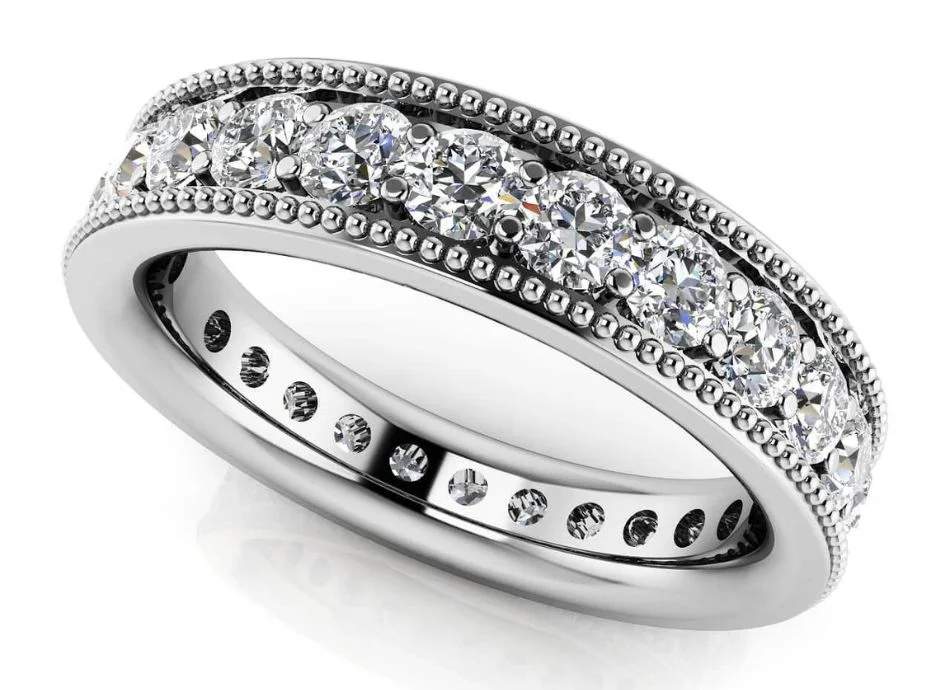
The History of Milgrain Beading
Milgrain beading dates back to ancient times, with roots in civilizations like the Egyptians and Greeks who used this technique to embellish their jewelry. However, it gained significant popularity during the Edwardian era (1901-1915) and the Art Deco period (1920s-1930s). These eras were known for their intricate and ornate designs, with milgrain beading often adorning engagement rings, necklaces, and bracelets.
During the Edwardian era, milgrain was commonly used in platinum settings, which were popular at the time due to their strength and ability to hold delicate designs. The tiny, raised beads of metal added a soft, romantic texture to the jewelry, complementing the era's preference for lace-like patterns and fine detailing.
In the Art Deco period, milgrain continued to be a favored technique, though the designs became more geometric and bold. The beading was often used to highlight sharp lines and angles, adding depth and dimension to the pieces.
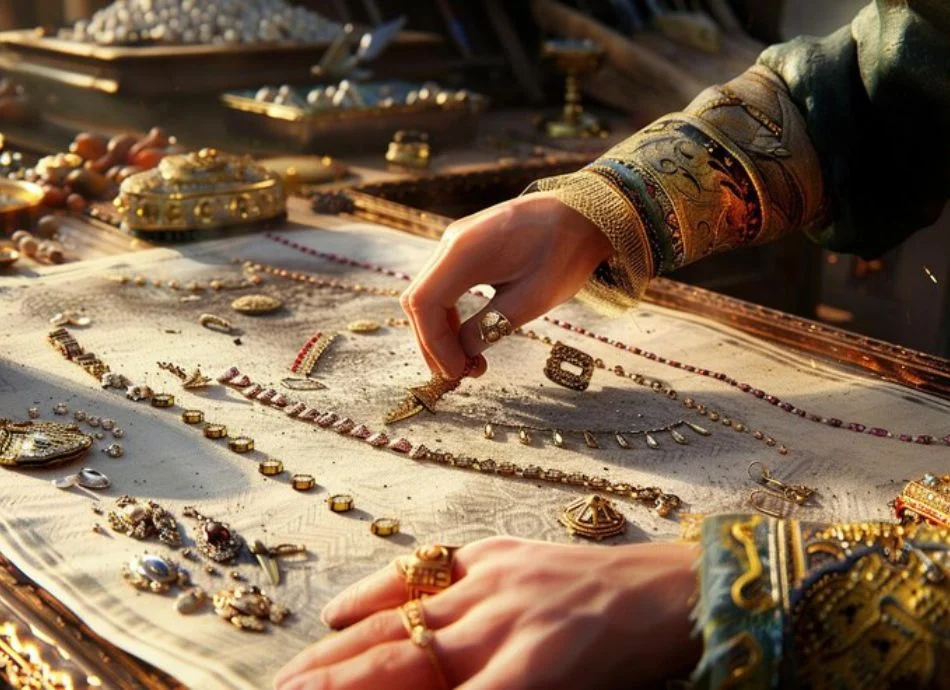
The Craftsmanship Behind Milgrain Beading
Milgrain beading is a highly detailed technique that demands precision and skill from the jeweler. Traditionally, a tool known as a "milgrain wheel" or "beading tool," featuring a small, serrated edge, is used to create a series of tiny, evenly spaced beads along the edges of the metal. The jeweler carefully rolls this tool over the surface to achieve the desired effect.
In the realm of high-end jewelry, milgrain can also be meticulously crafted by hand, with each bead individually formed by the jeweler. Although this approach is more labor-intensive, it results in a more refined and intricate finish, enhancing the overall elegance of the piece. Milgrain beading can be applied in various ways, such as outlining the edges of a gemstone setting or forming complex patterns within the metal, adding texture and depth to the jewelry design.
Platinum was the preferred metal for fine jewelry, especially during the time when the invention of the acetylene torch enabled jewelers to craft intricate designs featuring milgrain as a prominent element. Later, in the Art Deco era, milgrain became more widely accessible as jewelers began incorporating it into white gold jewelry. The era's popular geometric designs, known for their clean lines, were well-suited for milgrain detailing, further cementing its association with engagement rings and wedding bands.
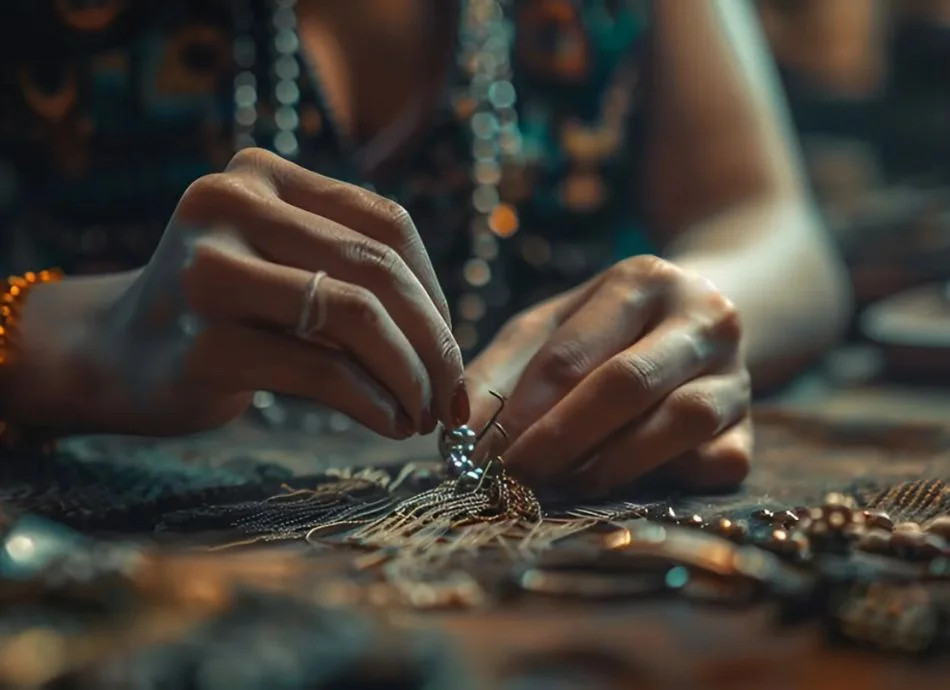
The Appeal of Milgrain Beading in Modern Jewelry
While milgrain beading is often associated with vintage and antique jewelry, its appeal has endured into modern times. Many contemporary jewelers incorporate milgrain into their designs, either to evoke a sense of nostalgia or to add a subtle touch of elegance. The technique is especially popular in engagement rings, where it adds a unique, handcrafted quality that many brides-to-be find appealing.
One of the reasons for milgrain’s enduring popularity is its versatility. It can be used to enhance a wide range of jewelry styles, from delicate, lace-like designs to bold, geometric patterns. Milgrain also pairs beautifully with various metals, including platinum, gold, and silver, as well as with gemstones of all shapes and sizes.
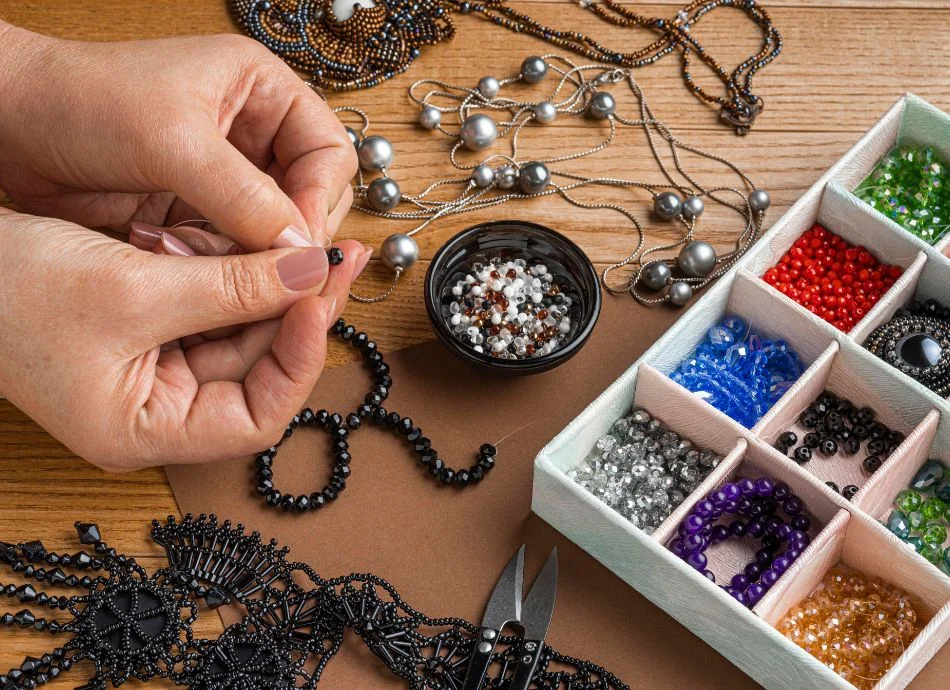
Types of Milgrain Jewelry
Milgrain beading can be found in various types of jewelry, each offering its unique charm:
- Engagement Rings: Milgrain beading is often used to frame the center stone or to add detail to the band. It can also be combined with other design elements, such as filigree or pavé settings, to create a vintage-inspired look.
- Wedding Bands: Milgrain beading adds texture and interest to wedding bands, whether they are simple metal bands or adorned with diamonds or other gemstones.
- Earrings: From classic stud earrings to ornate chandelier designs, milgrain beading adds a touch of sophistication and detail that elevates any pair of earrings.
- Necklaces and Pendants: Milgrain beading can be used to outline the edges of a pendant or to create intricate patterns within the design, adding depth and dimension to necklaces.
- Bracelets: Whether in the form of bangles or chain bracelets, milgrain beading adds a vintage-inspired touch that makes each piece stand out.
Caring for Milgrain Jewelry
Milgrain beading, while beautiful, can be delicate due to its intricate nature. To keep your milgrain jewelry looking its best, it’s important to care for it properly:
- Cleaning: Use a soft, lint-free cloth to gently clean your milgrain jewelry. For more thorough cleaning, use a mild soap and water solution, and avoid harsh chemicals that could damage the metal or gemstones.
- Storage: Store milgrain jewelry separately from other pieces to avoid scratches or damage to the delicate beading. Using a soft pouch or a jewelry box with individual compartments is ideal.
- Professional Maintenance: Over time, milgrain beading may wear down, especially if the jewelry is worn frequently. Periodic professional cleaning and maintenance can help preserve the detail and beauty of the milgrain work.
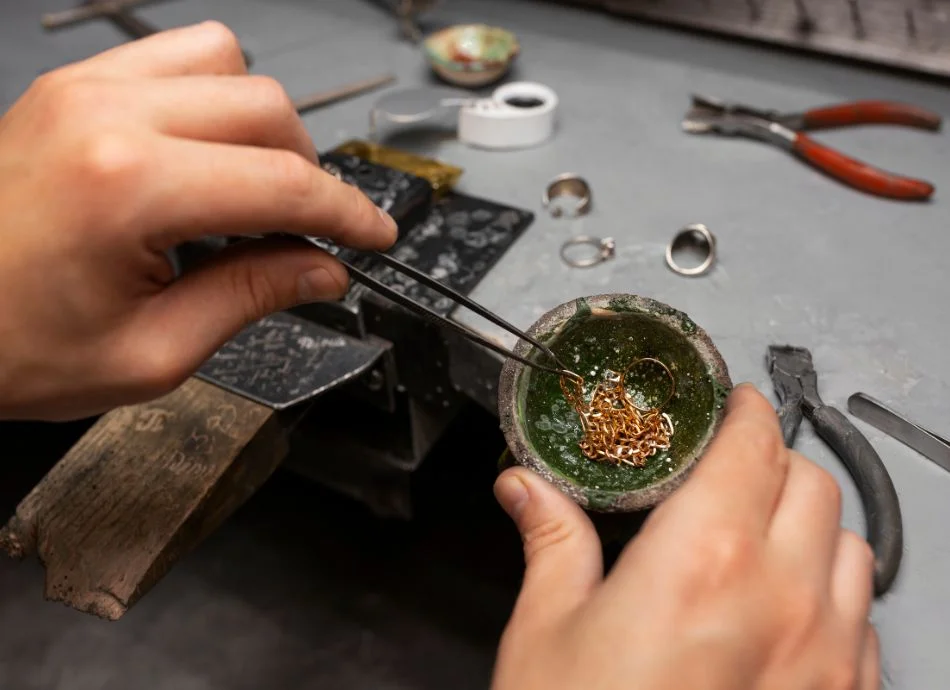
Milgrain beading is more than just a decorative technique—it’s a link to the past, a nod to the craftsmanship of bygone eras, and a testament to the timeless appeal of intricate, detailed design. Whether you’re drawn to vintage-inspired jewelry or appreciate the artistry behind finely crafted pieces, milgrain beading offers a unique way to add texture, depth, and elegance to your collection. As both a celebration of tradition and a beloved element in modern design, milgrain beading remains a cherished feature in the world of jewelry.







